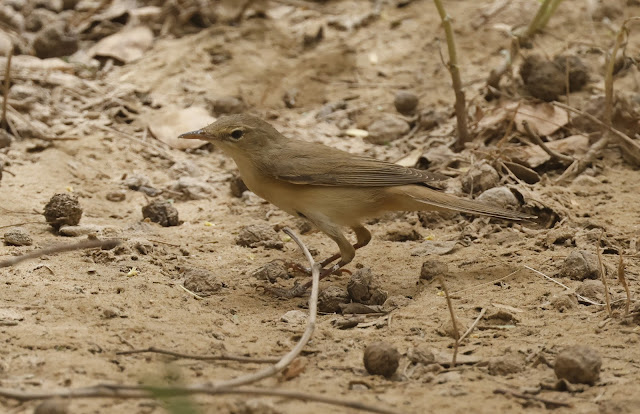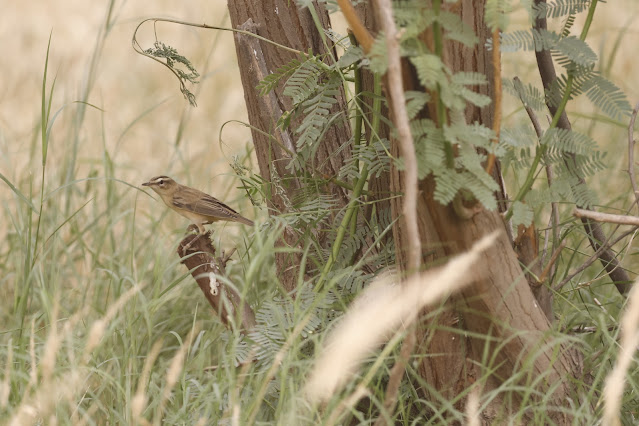Trip report from our four day mini-mega trip HERE. Got to be one of our best four days birding with six Short-tailed Shearwaters (6 previous records in the WP) and a first for the WP too and Basra Reed Warbler, White-cheeked Tern, Bridled Tern and Socotra Cormorant additional local speciality WP ticks too. Also Indo-pacific Finless Porpoise, Indian Ocean Humpack Dolphin, Cheesman's Gerbil and Kuhl's Pipistrelle were mammal lifers and all of the reptiles were ticks too. What a trip!
Now on 752 for the WP (75 in Netfugl ranking) and 963 for False WP (39 ranking). Basra Reed, White-cheeked Tern and Socotra Cormorant were world ticks so 3380 for the World and 5309 World Pan-species list with the new mammals and reptiles.
This Spring I've done 134 Ebird checklists since early March, which I guess equates to approx 200+ or so birding hours (maybe less not sure, I could work it out more accurately but basically I have been in the field a lot- a lot!) including trips to Cyprus and Kuwait. Apart from the very unsatisfying (wish I'd never seen it as I generally follow the no-photo/no bird rule) brief single observer no photo encounter with the Collared Prat at Medmerry (which was a relocation rather than a find anyway) I hadn't found anything worth talking about but have seen some great birds that others found and some fantastic birding and vis mig days. Considering this day was probably the last day of Spring birding 2025 it certainly felt like a very nice ending to the Spring and also maybe there just may be some 'perceived justice' in birding and some correlation between effort and reward but..... that is a big maybe. Either way I don't care I'm quite happy in the zen zone (it's a meditative state) looking for rarities without seeing bugger all but nice when you do find something and never really expect it despite that being the goal! The pursuit of extremely improbable outcomes must actually make for some interesting birding stats. Be good to work out how many birding hours are equal to different levels of rarity finds e.g. local rarity, country descripiton species, BBRC rarity, mega rarity etc and correlate that to various locations , skill and technology too. This is the third first for the WP that I've found but that is mainly a hack (plus a lot of luck) by visiting places/ suspected vagrant traps that few other people have visited, at the right time of year in the right weather. Maybe rarity finding statistical thoery is a new project to work on?
I even saw a Hoopoe on the deck after dipping them all Spring- alas it dissappeared before I got a photo so the jinx was firm to the end :-)
Lesser-striped Swallow- a first for Kuwait and the classic WP.
Blue-cheeked Bee-eater
River Warbler
There were several of these which caused some debate but I thought Marsh Warbler was the closest fit
Several of the Willow Warblers were these grey looking birds- presumably Northern birds
Spot Fly
Sedge Warbler was the most numerous passerine migrant
Nightjar. Two of these.
Squacco- a few of these and a few Black-crowned Night Herons too













No comments:
Post a Comment